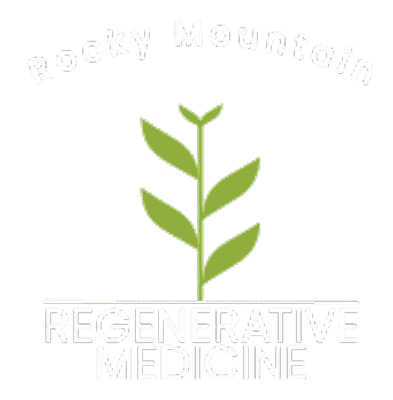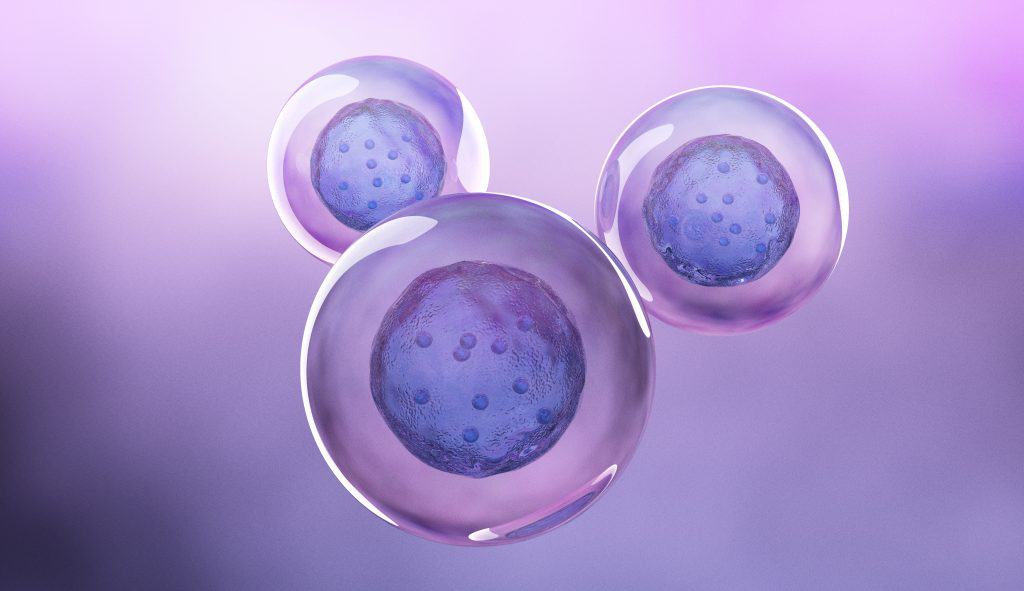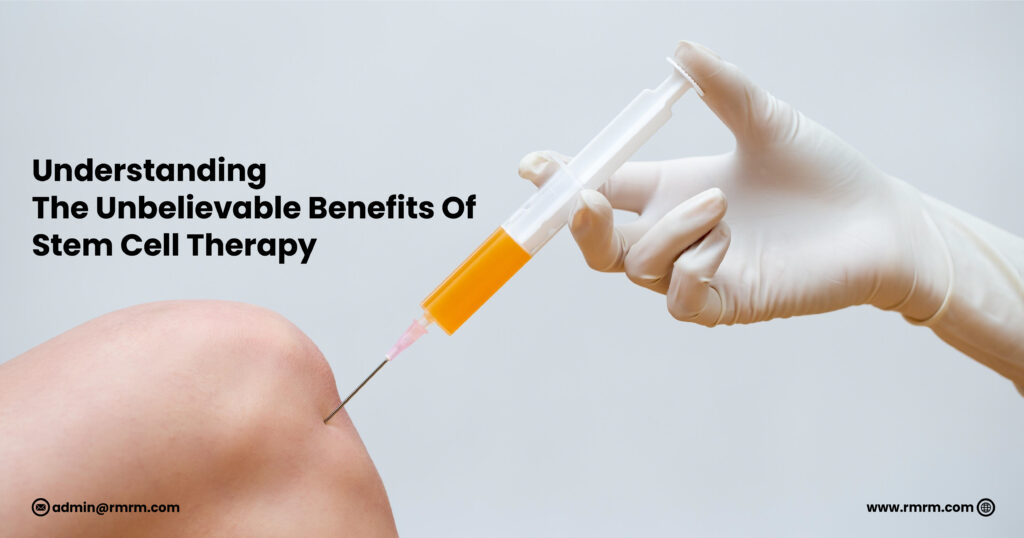What are bone spurs?
Also known as osteophytes, bone spurs are small, bony projections that form along the edges of bones. They are also often seen in the joints and are a common sign of osteoarthritis, a chronic condition that causes the breakdown of joint cartilage. The most typically affected areas of the body include the spine, shoulders, and heels.
Bone spurs themselves are usually not painful, pain is triggered when they press on adjacent nerves or tissues. They may also interfere with the normal range of motion of a joint.
What causes bone spurs?
Repetitive motions that cause joint stress, chronic or acute injuries, or other underlying conditions, such as rheumatoid arthritis, osteoarthritis, or osteoporosis.
What are treatment options for bone spurs?
Traditional medicine treatments for bone spurs may include physical therapy to strengthen the muscles surrounding the affected joint, hot and cold therapy to reduce pain and inflammation, and medications including nonsteroidal anti-inflammatory drugs (NSAIDs) or opioids to manage pain and inflammation. In some cases, a corticosteroid injection may be given to reduce inflammation. Unfortunately, the physical interventions often cannot fully resolve the pain and the medication intervention can lead to a host of new symptoms such as gastric ulcerations, kidney damage, constipation, excessive sleepiness, nausea, and becoming dependent on certain medications.
How does regenerative medicine treat bone spurs? Regenerative medicine offers non-invasive treatment options for bone spurs. Interventions such as Extracorporeal Shock Wave Therapy have been effective for many clients. Biological therapies such as Platelet Rich Plasma (PRP), Stem Cell Therapy, and Exosomes have also been invaluable in strengthening and supporting structures such as ligaments, tendons, bones, and muscles, thus addressing the instability and chronic inflammation that often gives rise to bone spurs.
Additional supportive therapies to support pain reduction include orthotic devices to correct posture and alleviating stress on the affected joint. If surgery is required, it’s key to specify the scope of the procedure with the surgeon beforehand. Instances of tissue excision beyond just the osteophyte are not uncommon and usually unnecessary.
The most important step is to work with someone who not only understands the pathology but is also well-versed in a multitude of treatment options, and is sensitive to your specific short and long term goals.
RMRM’s regenerative interventions are minimally invasive with little to no down-time, and they are highly effective.
Book your consultation here to determine your best path forward.



